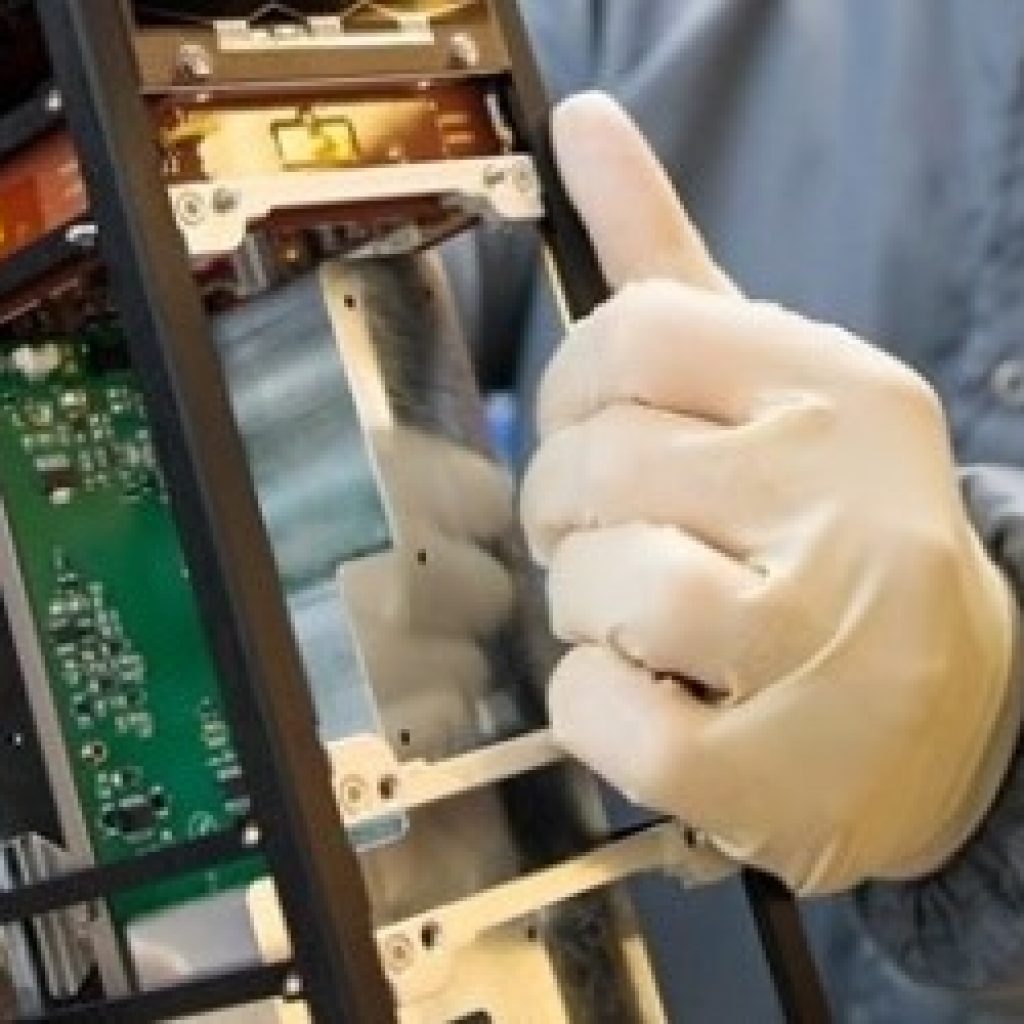(ScienceAlert) A small CubeSat satellite orbiting earth, appropriately called SpooQy-1, was used to produce pairs of entangled photons using a blue laser diode and non-linear crystals. The achievement is impressive on a number of levels: not only did it happen in actual space, it was done on a piece of equipment less than 20 cm by 10 cm (7.87 inches by 3.94 inches), and weighing under 2.6 kilograms (5.73 pounds).
The CubeSat was launched last year from the International Space Station, but it was specially designed in such a way as to shield the entangled photon source from the pressures and temperatures of a launch from Earth, and an orbit around it.
The photon-pairs onboard were entangled at temperatures of between 16 degrees and 21.5 degrees Celsius (60.8 degrees and 70.07 degrees Fahrenheit).
Not only that, but the system was designed to operate while using as little power as possible. The size, the robustness and the low power draw of SpooQy-1 are all notable for researchers exploring whether a satellite-based quantum internet might be possible.
In the next couple of years, the team hopes to work on a quantum receiver that can communicate with a CubeSat satellite like this, and to improve the overall ability of CubeSat devices to support quantum networks.
“Progress toward a space-based global quantum network is happening at a fast pace,” says quantum physicist Aitor Villar, from the National University of Singapore.. “We hope that our work inspires the next wave of space-based quantum technology missions and that new applications and technologies can benefit from our experimental findings.”
Scientists Demonstrate Quantum Entanglement on a Tiny Satellite Orbiting Earth
